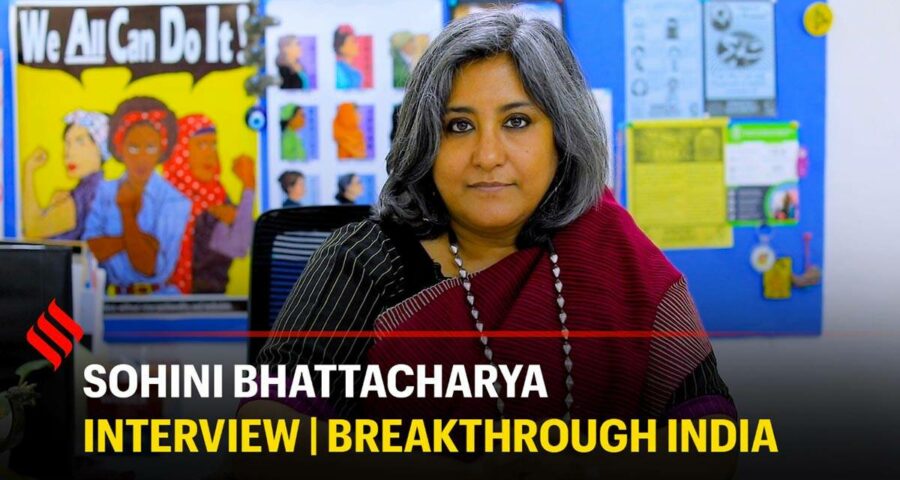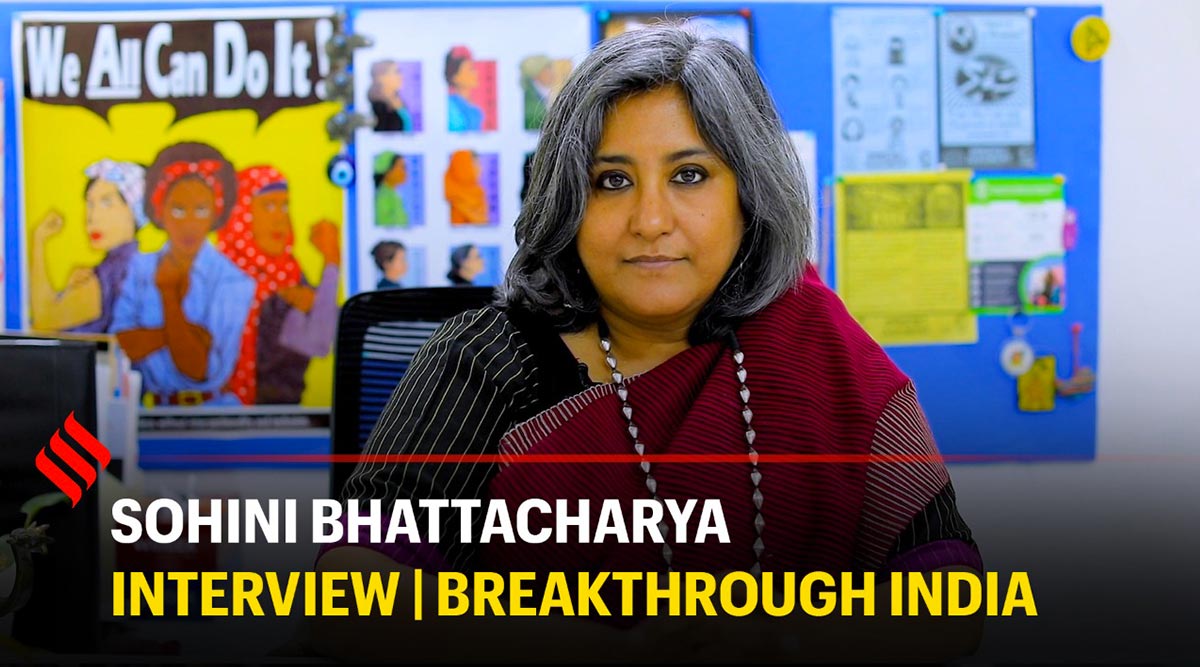The study was supported by Uber India and IKEA Foundation. While 78.4% respondents in the study said they have experienced violence in public spaces (does not include public transport), 38.5% said they did not intervene because they did not know what to do.
Breakthrough India, an organisation working to make violence against women unacceptable, has released its first ever study on Bystander Behaviour. The study aims to understand and provide insights on bystander’s thoughts and experiences when they witness violence in public and private spaces and how these inform their decisions about whether or not to intervene. The study was conducted in two phases from July-August and September-October 2020 with support from Uber India and IKEA Foundation.
In 2020, Uber partnered with Breakthrough to help reduce violence against women in public spaces, in line with its global Driving Change mandate and programme. As part of the collaboration, Breakthrough launched the #IgnoreNoMore campaign to encourage bystander interventions and support collective action to end gender-based violence in public spaces. The #IgnoreNoMore campaign underscored how bystanders can become agents of change rather than just mere spectators. The partnership facilitated an idea to create an in-depth research to understand behaviour of active bystander and also deterrents.
The study was conducted in states such as Jharkhand (Hazaribagh district), Bihar (Gaya district), Haryana (Jhajjar district), Delhi, Maharashtra (Mumbai), Telangana (Hyderabad) and Kolkata, covering over 721 respondents (digital survey) and 91 in-depth interviews. Most participants, particularly women, identified violence as a broad term, consisting of physical, mental, verbal, and sexual abuse. The study also highlighted how patriarchal practices were culturally embedded in society and its correlation between deteriorating mental health and everyday misogyny and patriarchy.
Commenting on the study findings, Sohini Bhattacharya, President & CEO, Breakthrough said, “For us, promoting positive bystander action to address Violence Against Women (VAW) has been a consistent focus area. Breakthrough’s intent in undertaking such campaigns is to move the general public from identifying violence against women and girls as a personal issue to identifying violence against women and girls as a shared community issue, a shared responsibility, requiring community action.”
The study also reveals that building safer public spaces for women requires work at several structural and systemic levels. An important aspect among them is bystander support. The lack of positive action from bystanders is not just because they do not care. The fear of being blamed for the violence, of getting stuck in police and legal processes are some challenges that stop people. Not knowing what to do in such situations is another hurdle that bystanders often face.
Commenting on the partnership, Pavan Vaish, Head of Driver, Supply & City Operations (Mobility), India & South Asia, Uber, said, “We are delighted that our partnership with Breakthrough, launched last year, has resulted in the publication of a detailed report. Following the collaborative #IgnoreNoMore Campaign, we hope the findings of this report will strengthen the cause. Partnering with thought-leading organizations like Breakthrough to build a better and safer world is a global mandate for us, under our Driving Change programme. Uber continues to learn from thought-leading organisations like Breakthrough and seeks their advice on how we can do more to prevent violence and to help keep women safer.”
Key Findings:
- 6% of respondents said that they have intervened in an incident of violence against women in a public space.
- 3% respondents observed the discomfort of the woman/girl facing violence.
- 7% respondents said that their intervention resulted in the violence stopping.
Why do people intervene?
The study found that the urge to do the ‘right’ thing often drives bystanders to intervene. A handful of respondents revealed that they were victims of child sexual abuse and domestic violence. But they could not resist their perpetrators at that time. It was this unresolved rage at their own helplessness that pushed them to intervene later in their lives. The respondents also said that better knowledge and awareness about gender issues also helped them intervene.
How have people intervened?
From an ‘active’ bystander perspective, intervention strategies and methods are influenced by multiple factors such as gender, age, socio-economic standing, and gender rights awareness. The survey respondents who have had intervened at some point in their lives, shared interesting methods of interventions such as:
- Swapping seats with the survivors/victims: The importance of quietly dealing with a situation of gender violence was important, particularly from the perspective of the survivor.
- Giving one’s mobile number to connect later (particularly involving cases of intimate partner violence wherein the woman might need time to reflect on her next step).
- Taking the survivor for medical help.
- Physically escorting someone home when she is being harassed.
- Resorting to violence or employing patriarchal scripts like “Don’t you have a mother and sister?”
Social norms at play:
- 4% respondents (female or others) that they have experienced violence in public spaces (does not include public transport).
- 68% respondents said that they have experienced violence while taking public transport.
- 70% of respondents said that they would ideally like to help in scenarios of gender-based violence by intervening/speaking out.
The study respondents who have had the experiences of bystander intervention expressed their exasperation at the ‘silence’ of most victims of abuse and sexual violence. A few of the respondents acknowledged the critical role played by structural and social conditioning in influencing female behaviour and choices. They pointed out how girls were taught from childhood to be submissive and not challenge their surroundings, at least not overtly. The silence of the victims often discourages bystander intervention in public spaces.
Why do people hesitate to intervene?
- 4% respondents said that they have not intervened in an incident of violence against women.
- 5% respondents said that they did not intervene because they did not know what to do.
- 31% of them said that they were worried about their own safety.
- 5% of them feel that they would be dragged into police/legal matters.
Bystander intervention is a critical tool for preventing violence against women in public and private spaces. The government should create and promote initiatives to encourage individual action and behaviour to stop violence against women. Building accessible reporting systems, dissemination of reporting information, ensuring safety of the survivor and the bystander will promote bystander intervention. Gender sensitisation for police personnel, citizen-police interfaces for better community action will be key to creating safe and violence-free public spaces for women. In addition, we need to bring in systemic and policy level shifts for prevention of violence against women and girls and ensure swift action against the perpetrators.
Website:
https://inbreakthrough.org/
About Breakthrough:
Breakthrough works towards making violence and discrimination against women and girls unacceptable. We change gender norms by working with adolescents and youth, their families and their communities, as well as by using media campaigns, the arts and popular culture to build a more equal world around us and create a more enabling environment.
About Uber:
Uber’s mission is to create opportunities through movement. It started in 2010 to solve a simple problem: how do you get access to a ride at the touch of a button? More than 15 billion trips later, it is building products to get people closer to where they want to be. By changing how people, food, and things move through cities, Uber is a platform that opens up the world to new possibilities.
Source: Read Full Article


